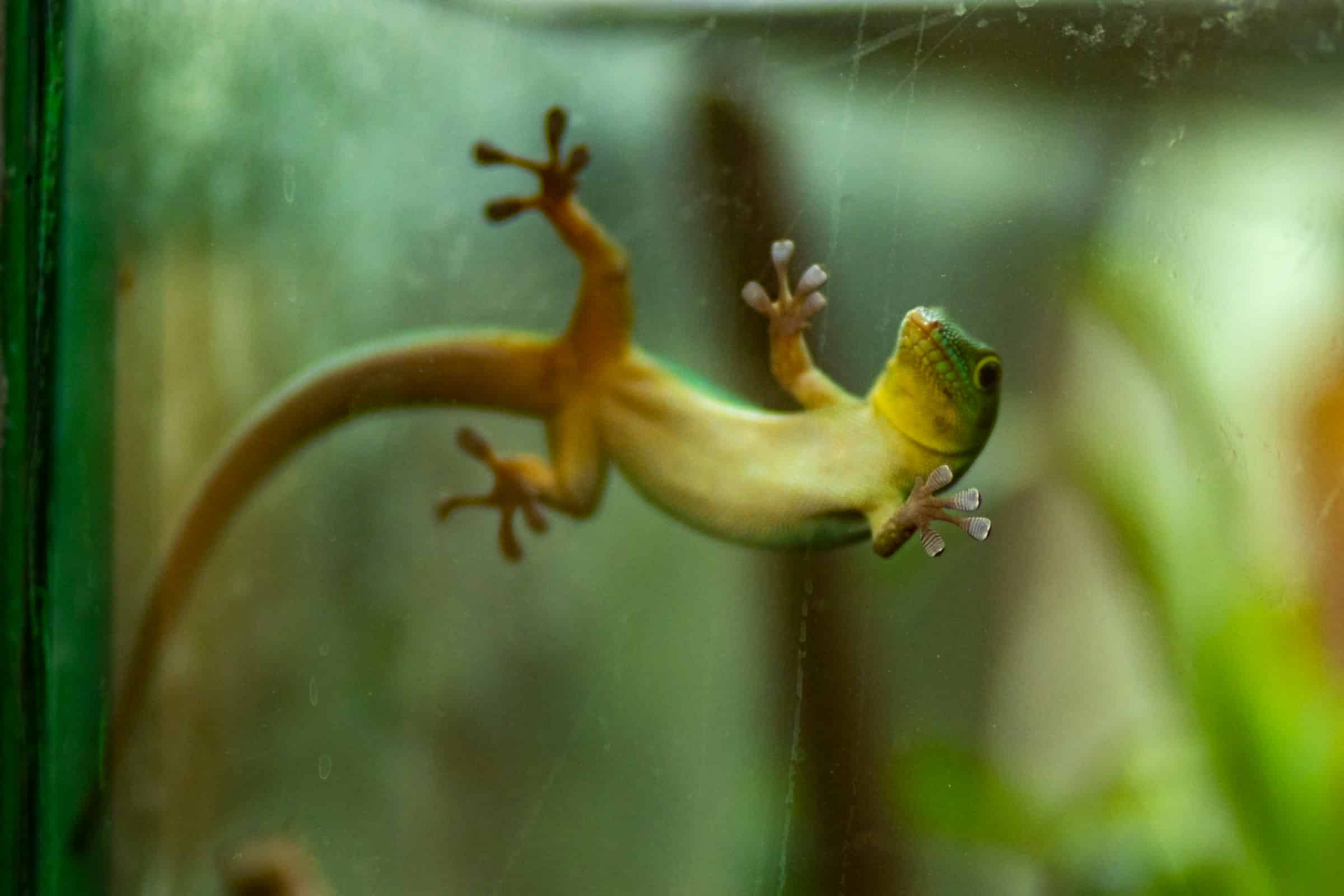How to set up a proper lighting system for a reptile terrarium?

Proper lighting is an essential aspect when it comes to maintaining a healthy environment for your pet reptiles. It not only helps in replicating their natural habitat but also plays a crucial role in their overall well-being. This article will guide you on how to set up the right lighting system for your reptile terrarium, taking into consideration various factors such as heat, light, UVB bulbs, and more.
Understanding the Importance of Lighting in a Reptile Enclosure
Lighting plays a multi-dimensional role in the reptile enclosure. It’s not just about visibility; the lighting system in a terrarium influences the behavioral patterns of your pet, regulates their biological clock, and assists in vital physiological processes.
In the same genre : What are the best non-toxic cleaning products for homes with pets?
The heat generated by the lighting system in the terrarium is critical for the reptile’s survival. Reptiles are ectothermic creatures, which means they rely on their surroundings to regulate their body temperature. A well-balanced heating system in the enclosure mimics the natural conditions, helping them maintain an optimal body temperature.
Light also plays a critical role in creating a day-night cycle in the enclosure, which helps regulate the reptile’s sleep-wake cycle. In addition, certain reptiles require exposure to UVB light, which helps them synthesize vitamin D3 and facilitates calcium absorption, essential for healthy bone development.
Additional reading : What are the best toys for stimulating a dog’s mind and preventing boredom?
Choosing the Right Bulbs for Your Terrarium
Selection of the right bulbs for your terrarium is a crucial aspect of the lighting setup. The choice of bulbs will depend on the kind of reptile you have, their specific needs, and the size of your enclosure.
When it comes to heat, basking bulbs, also known as spotlights, are a popular choice among reptile owners. They provide intense, focused light and heat to a specific area in the enclosure, creating a perfect basking spot for your reptile. Ceramic heat emitters can be an excellent alternative for night time, as they generate heat without light, ensuring your pet’s day-night cycle is not disrupted.
For UVB light, compact fluorescent bulbs or tube-style fluorescent bulbs are commonly used. Ensure to choose a bulb that provides the right level of UVB for your specific type of reptile. For instance, desert dwelling reptiles, like bearded dragons, require higher levels of UVB compared to rainforest dwellers.
Installing the Lights in the Terrarium
Installation of the lights in the terrarium is as crucial as choosing the right bulbs. You need to aim for a gradient effect, with one side of the enclosure hotter and brighter (basking side) and the other side cooler and dimmer. This setup allows your pet to regulate its body temperature by moving between the two extremes.
The basking bulb should be positioned over the basking spot, which could be a rock or a branch. Make sure the bulb is at a safe distance from your reptile to prevent burns. Also, ensure that the bulb is installed in a high-quality ceramic socket to avoid overheating and potential fire hazards.
While installing the UVB bulb, keep in mind that UVB rays can’t penetrate through glass or plastic. So, the bulb should be installed inside the terrarium or through a screen top.
Monitoring and Maintenance of the Lighting System
Once you’ve installed the lights, it’s crucial to monitor and maintain the system to ensure it’s functioning properly and meeting the needs of your reptile.
Use a thermometer to keep track of the temperature in the enclosure. There should be a temperature gradient, with the basking side being the hottest and the opposite side cooler. If the temperature exceeds the recommended range for your specific reptile, you’ll need to adjust the wattage of your bulbs or the distance of the bulbs from the enclosure.
UVB bulbs lose their effectiveness over time, even if they are still producing light. Therefore, it’s important to replace these bulbs every six months to a year, depending on the manufacturer’s recommendation.
Guiding Principles for a Successful Reptile Lighting Setup
Creating a successful lighting setup for your reptile terrarium includes understanding the specific needs of your reptile species, choosing the correct bulbs, installing them properly, and regular monitoring and maintenance. It’s a process that requires time, patience, and a bit of trial and error.
Remember, the goal is to mimic your pet reptile’s natural habitat as closely as possible. Every change you make in the lighting setup should aim to improve the quality of life of your pet, ensuring they stay healthy and thrive in the environment you’ve created for them. With the right approach, you can create a lighting system that caters to your pet’s needs, contributing significantly to their overall well-being.
Making Adjustments for Specific Reptile Species: The Case of Bearded Dragons
The example of a bearded dragon can help shed light on the importance of catering the lighting setup to the specific needs of your reptile. Bearded dragons are desert dwellers, hence their lighting and heating requirements are distinct from those of other reptiles.
Primarily, the temperature in a bearded dragon enclosure should be carefully monitored. The hot or basking side of the enclosure should reach temperatures of 95 to 110 degrees Fahrenheit, while the cooler side should sit around 85 degrees. This provides your bearded dragon with the temperature gradient it needs to thermoregulate. A heat lamp is often used to maintain these temperatures.
As noted earlier, bearded dragons require higher levels of UVB light. A UVB bulb is essential for the synthesis of vitamin D3, which in turn promotes calcium absorption. Without sufficient UVB light, bearded dragons are prone to metabolic bone disease, a common but preventable ailment among captive reptiles.
Remember, bearded dragons also require a day-night cycle. This cycle can be achieved by using timers on your lights to mimic sunrise and sunset. During the night, the use of ceramic heat emitters is recommended as they generate necessary heat without disrupting the dark cycle.
Conclusion: The Key to a Healthy Reptile Terrarium
Setting up a proper lighting system for a reptile terrarium might seem like a daunting task at first, but with a clear understanding of your pet’s needs and a bit of patience, you can create an ideal habitat for them. Whether you own bearded dragons or any other reptile species, the principles remain the same: provide a blend of heat, light, and UVB rays, ensure a temperature gradient, and simulate a natural day-night cycle.
Regular monitoring and maintenance of the lighting system – such as checking temperature degrees, replacing UVB bulbs regularly, and being vigilant about the lamp’s safe distance from the pet, are all part of responsible pet ownership.
The use of extension kits can be beneficial in managing the terrarium’s lighting and heating, ensuring safety and adherence to all code required practices. Sale enclosures can sometimes come with these kits, making the job easier for you.
In essence, keep in mind that the aim is to mimic the natural habitat of your pet as closely as possible, for their overall well-being. This includes understanding that the light heat source is not just about visibility, but it plays a multi-faceted role in the reptile’s life, from physiological processes to behavioral patterns.
Setting up your pet’s terrarium may require some trial and error, but the reward lies in knowing your pet is living in a suitable and thriving environment. So, adjust those halogen bulbs, monitor that warm side, and help your reptile live its best life!
